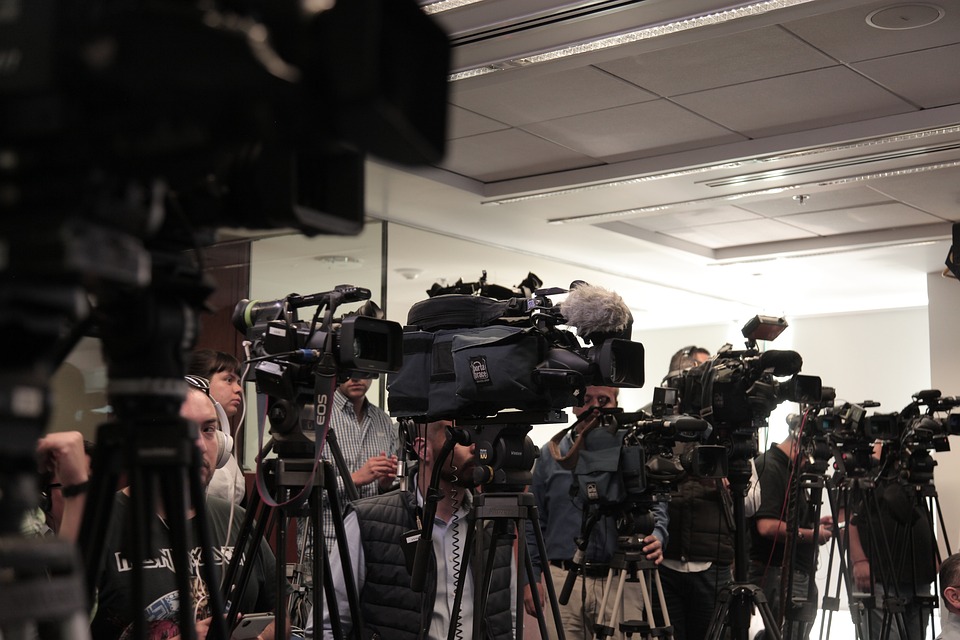Climate change is one of the most pressing issues facing our planet today, with far-reaching implications for the environment and biodiversity. As global temperatures rise and weather patterns become more extreme, ecosystems around the world are facing unprecedented challenges. In this article, we will explore the impacts of climate change on biodiversity and the various ways in which it is affecting the delicate balance of life on Earth.
The Threat to Species Diversity
One of the most immediate and visible impacts of climate change on biodiversity is the threat to species diversity. As temperatures rise, many species are struggling to adapt to rapidly changing conditions, leading to shifts in habitats and changes in migration patterns. For example, polar bears in the Arctic are facing habitat loss due to melting sea ice, while coral reefs are being bleached and destroyed by warmer ocean temperatures.
- Species extinction rates are increasing due to climate change
- Loss of habitats and food sources are threatening many species
- Migration patterns are being disrupted, leading to population declines
Disruption of Ecosystems
Climate change is also causing widespread disruption of ecosystems around the world. As temperatures rise, plant and animal species are being forced to migrate to new areas in search of suitable conditions, leading to competition for resources and potential conflicts with local species. This disruption can have cascading effects on entire ecosystems, leading to declines in biodiversity and ecosystem services.
- Invasive species are thriving in new environments as temperatures change
- Pollination patterns are being disrupted, affecting plant reproduction
- Loss of key species can destabilize entire ecosystems
The Role of Human Activity
While climate change is a natural phenomenon, human activity is accelerating the rate at which it is occurring. The burning of fossil fuels, deforestation, and industrial agriculture are all contributing to the release of greenhouse gases into the atmosphere, trapping heat and leading to global warming. By reducing our carbon footprint and transitioning to renewable energy sources, we can help mitigate the impacts of climate change on biodiversity.
- Fossil fuel emissions are a major driver of climate change
- Deforestation is leading to habitat loss and increased carbon emissions
- Industrial agriculture is contributing to greenhouse gas emissions and biodiversity loss
Conservation Efforts and Solutions
Despite the dire challenges posed by climate change, there are efforts underway to protect and preserve biodiversity in the face of a changing climate. Conservation organizations are working to create protected areas, promote sustainable land use practices, and reintroduce endangered species to their natural habitats. By supporting these initiatives and advocating for strong climate action, we can help safeguard the future of biodiversity on Earth.
- Protected areas provide refuge for threatened species
- Sustainable land use practices help preserve habitats and reduce carbon emissions
- Reintroduction programs aim to revive populations of endangered species
Conclusion
Climate change is a formidable threat to biodiversity, with far-reaching implications for ecosystems and species around the world. By understanding the impacts of climate change on biodiversity and taking action to reduce our carbon footprint, we can help protect the delicate balance of life on Earth. Conservation efforts, sustainable land use practices, and strong climate action are essential in safeguarding the future of biodiversity for generations to come.
